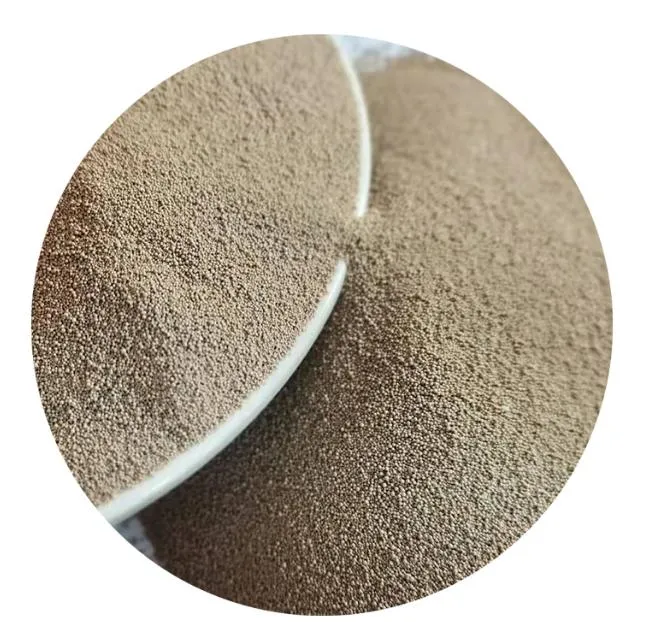

Authoritativeness in the context of resin-bound sand is supported by its compliance with various industry standards and regulations. The material is often assessed for its slip resistance and load-bearing capabilities. Moreover, many manufacturers provide assurances and warranties that underscore their confidence in the product’s performance. Trustworthiness is another cornerstone of resin-bound sand's appeal. The eco-friendly nature of the material is a significant draw, particularly for environmentally conscious consumers. It typically incorporates natural sand and UV-stable resins, reducing the overall environmental impact compared to traditional materials. Moreover, its contribution to effective water management further underscores its role as a sustainable solution. In summary, resin-bound sand is not just a passing trend but a reliable, efficient, and environmentally responsible option for various applications. Whether enhancing a residential landscape, fortifying a commercial site, or contributing to sustainable urban development, its benefits are clear. As materials science advances, the versatility and innovation of resin-bound sand are likely to expand, providing new solutions to traditional challenges. In choosing this material, users are investing in longevity, aesthetic versatility, and eco-friendliness, aligning with the modern demand for building materials that are as sustainable as they are effective. Post time:Peb . 11, 2025 08:51
Next:resin sanding
